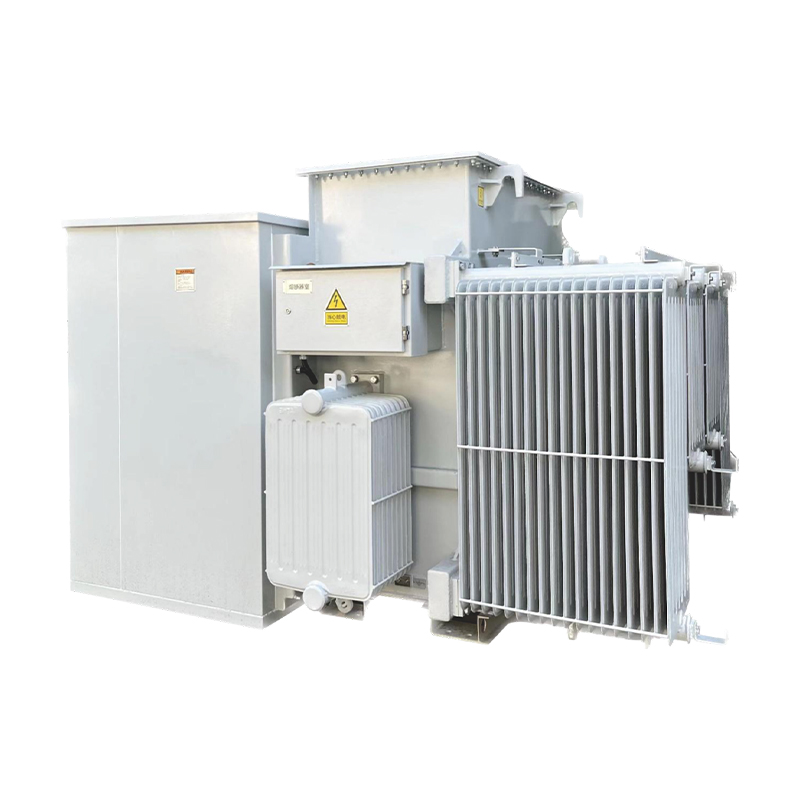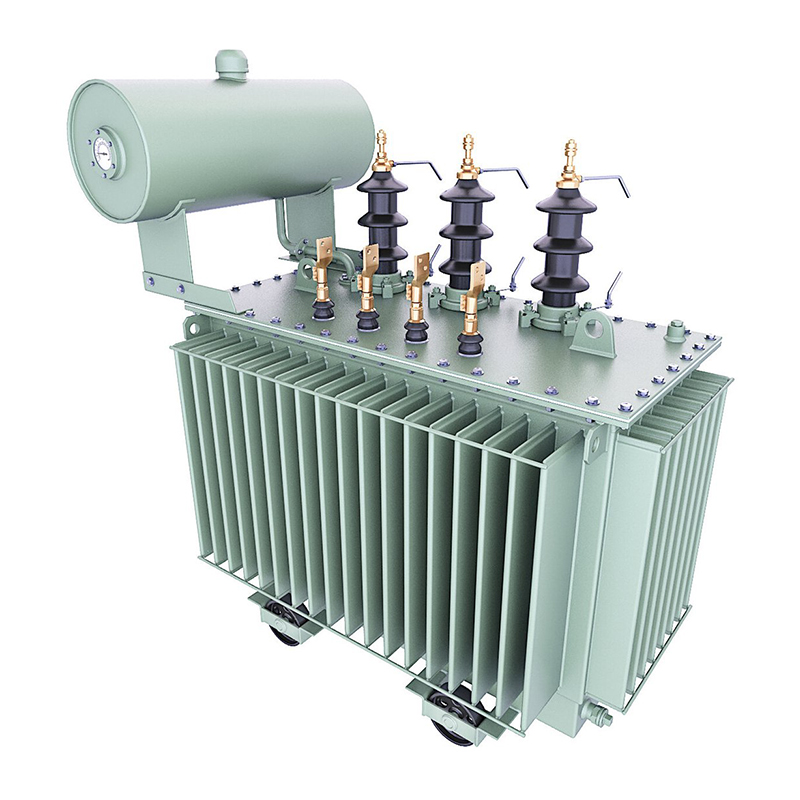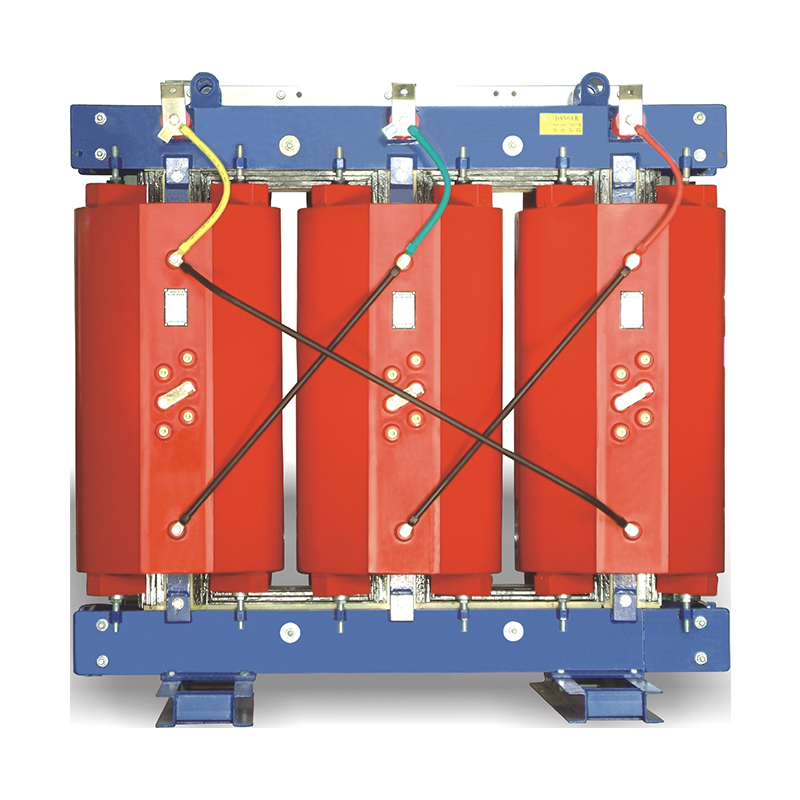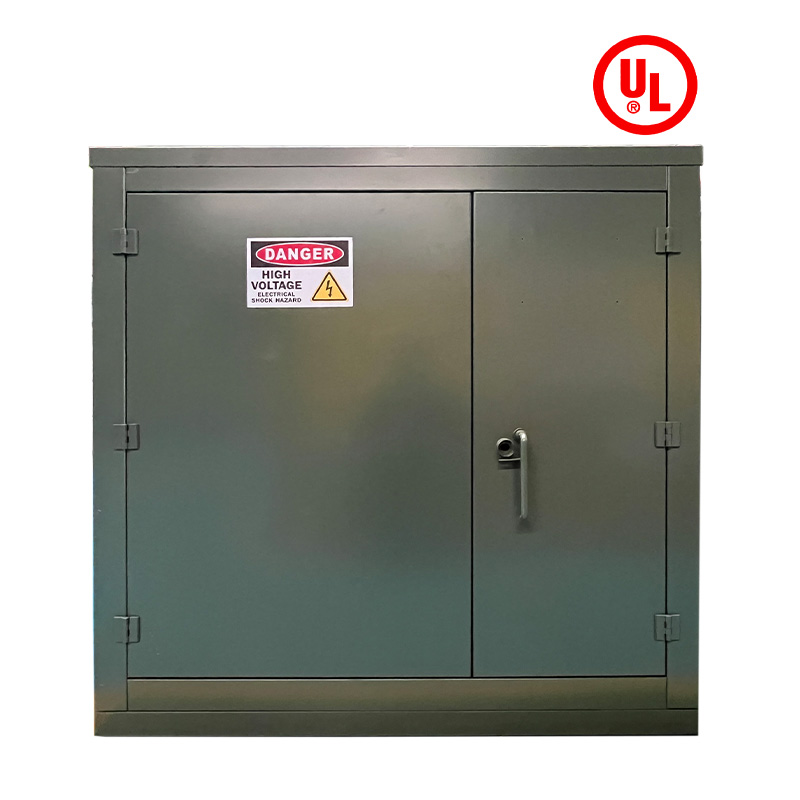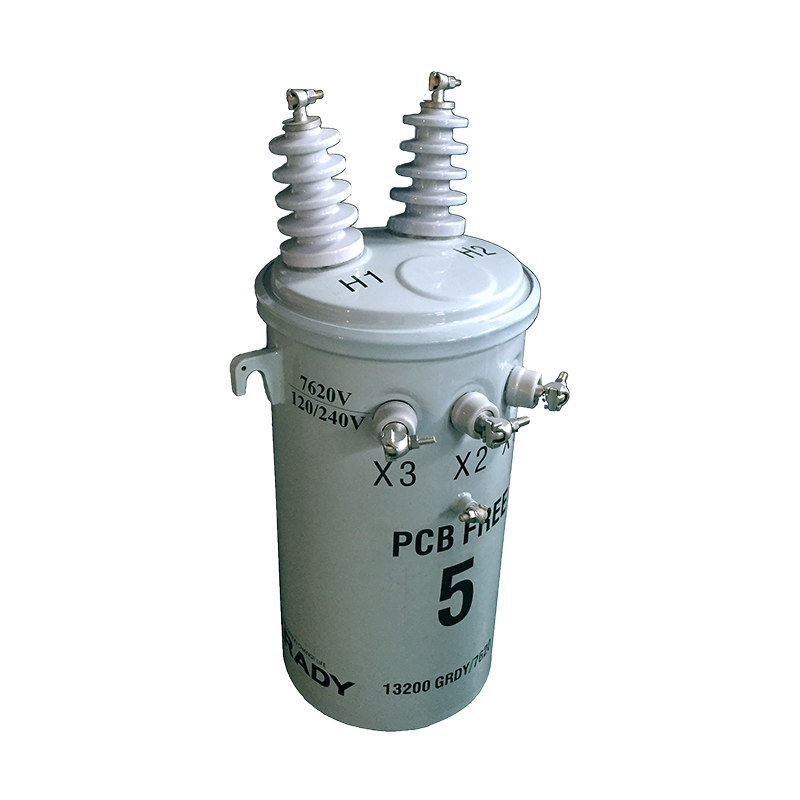Material and Performance Analysis of Iron Core for Power Transformers
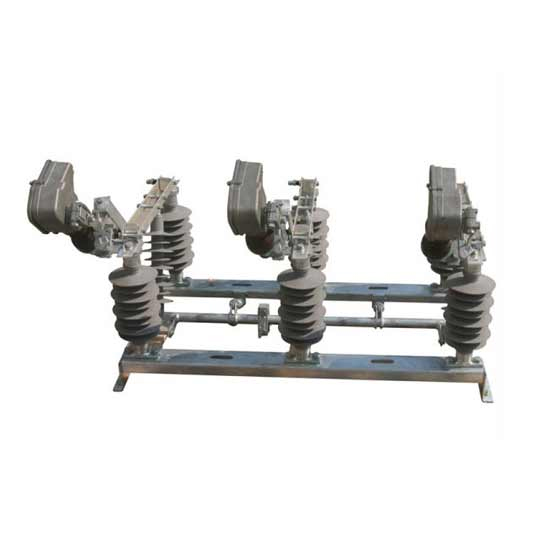
Material and Performance Analysis of Iron Core for Power Transformers
1、 Basic requirements for iron core materials
The material selection of the iron core of a power transformer is crucial for the performance of the transformer. The ideal iron core material should meet the following basic requirements:
1. High magnetic permeability: to reduce magnetic resistance and improve the efficiency of transformers.
2. Low hysteresis loss and low eddy current loss: to reduce energy loss and improve the thermal stability of transformers.
3. Good mechanical strength: Ensure the stability of the iron core during long-term operation.
4. Excellent processing performance: easy to manufacture and maintain.
2、 Commonly used iron core materials
1. Silicon steel sheet:
-Silicon steel sheet is one of the most commonly used materials for transformer cores, which increases the magnetic permeability of steel and reduces hysteresis losses by adding silicon elements.
-According to different processing techniques, silicon steel sheets can be divided into cold-rolled silicon steel sheets and hot-rolled silicon steel sheets. Cold rolled silicon steel sheets have higher magnetic permeability and lower losses, while hot-rolled silicon steel sheets have lower costs but slightly inferior performance.
-The thickness, width, and length of silicon steel sheets can be customized according to the design requirements of transformers.
2. Amorphous alloys:
-Amorphous alloys are a new type of magnetic material with excellent soft magnetic properties, including high magnetic permeability and low loss characteristics.
-Especially suitable for high-frequency applications and can be made into very thin strips.
3. Nanocrystalline alloy:
-Nanocrystalline alloys are another new type of soft magnetic material with higher magnetic permeability and lower losses than amorphous alloys.
-Especially suitable for high-frequency and high current applications.
3、 Performance evaluation of iron core materials
When selecting iron core materials, a comprehensive evaluation of their performance is required, including magnetic permeability testing, loss testing (hysteresis loss and eddy current loss), and mechanical strength testing. These tests help ensure that the selected materials meet the design requirements and working conditions of the transformer.
4、 Development Trends and Challenges
With the development of the power system, the requirements for transformer core materials are constantly increasing. The research and development of new materials with higher magnetic permeability and lower losses is currently an important trend. At the same time, how to balance the relationship between material cost and performance, as well as cope with the challenges brought by complex and changing working environments, are also important issues that need to be addressed in the future.
In summary, the selection of iron core materials for power transformers should comprehensively consider multiple aspects such as operating frequency, current capacity, cost, and environmental factors. Silicon steel sheets, amorphous alloys, and nanocrystalline alloys are commonly used iron core materials, each with different advantages and application scenarios. With the continuous advancement of technology and the emergence of new materials, the performance and stability of future power transformers are expected to be further improved.
Relatenews
- Architecture Design of IoT-Based Monitoring System for Power Transformers 2025-09-05 15:27:00
- Judgment Standards and Oil Change Process for Power Transformer Oil Deterioration 2025-09-05 15:23:00
- Design and Mechanical Strength Verification of Short-Circuit Withstand Capability for Power Transformers 2025-09-05 15:19:00
- The Role of Power Transformers in Voltage Regulation within Power Systems 2025-08-25 08:14:00
- Environmental Regulations and Technical Measures for Power Transformer Noise Control 2025-08-25 08:12:00
- The Application of Big Data Analytics in Power Transformer Fault Prediction 2025-08-25 08:11:00
- Impact of Distributed Generation Integration on Load Characteristics of Power Transformers 2025-08-16 09:43:00
- Conditions and Protection Coordination Strategies for Parallel Operation of Power Transformers 2025-08-16 09:42:00





